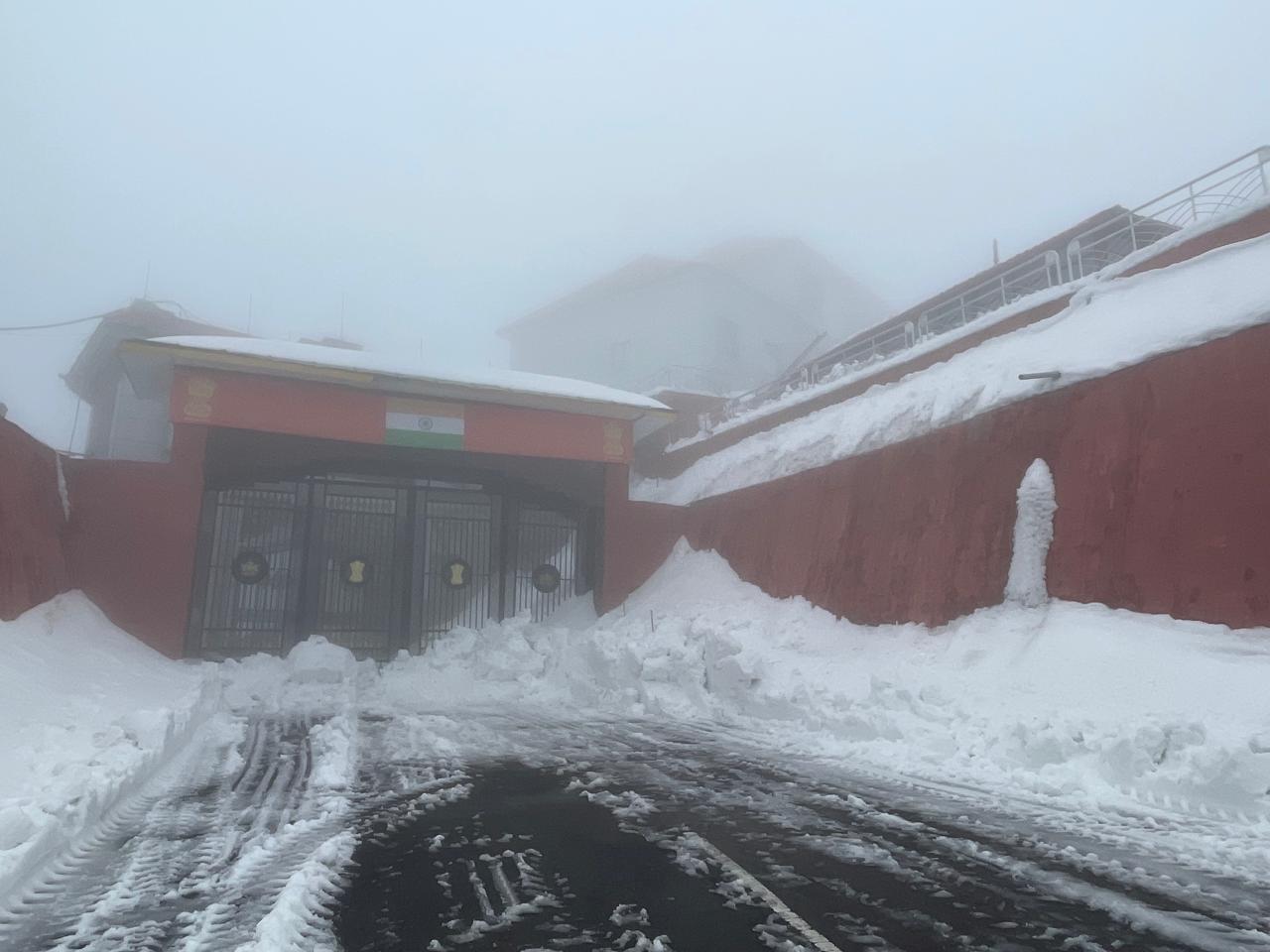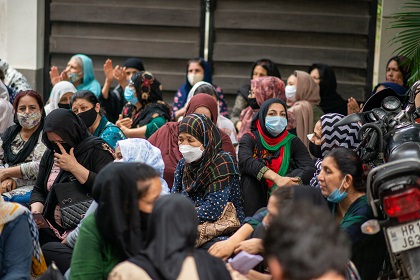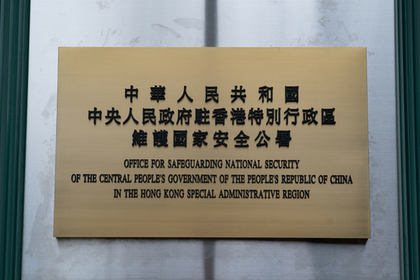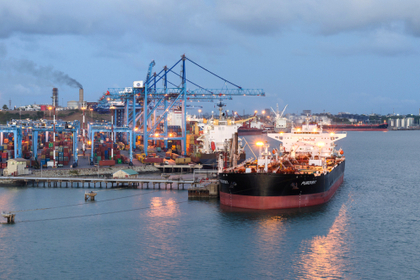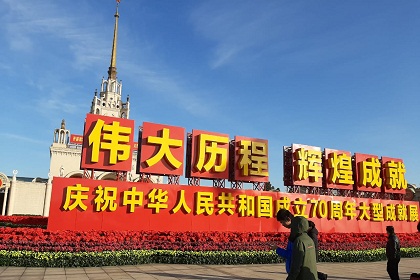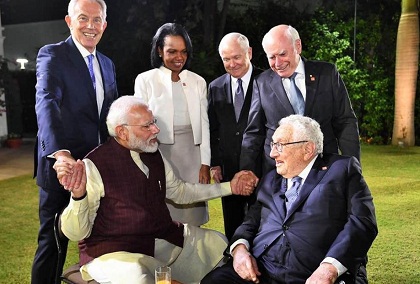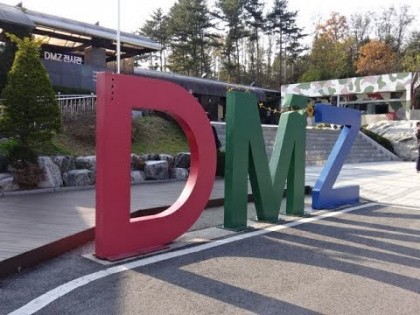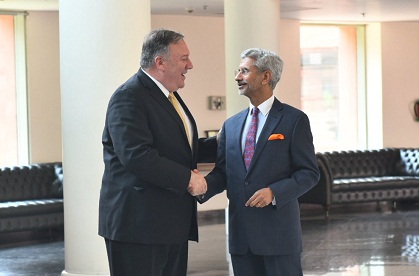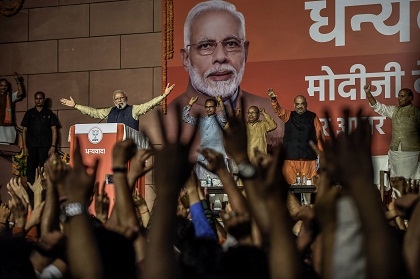Sikkim: paradise visited
Sikkim is India’s second smallest state, yet one of its best, with twice the nation’s GDP. It is surrounded by three of India’s neighbours – China, Bhutan and Nepal – making it one of the country’s most strategic regions. Yet its geopolitical positioning and ongoing border aggression by China have not affected Sikkim's calm or confidence: it is still defined by its beauty and its good governance.

